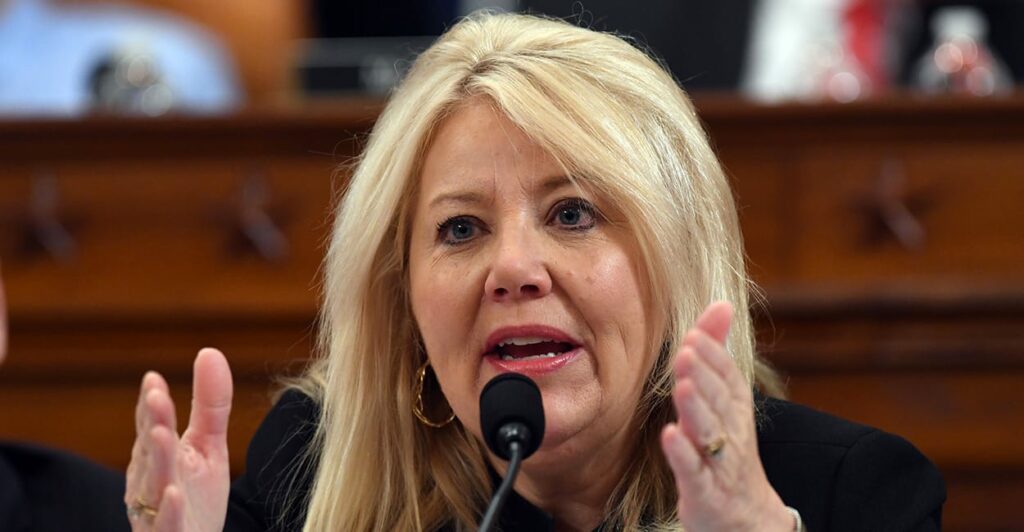CEO makes the case for weatherization programs
November 13, 2023

Sealed
Aaron Husak, CEO of Balanced Comfort, recently said that state and utility-funded weatherization programs — making energy-efficient upgrades for low-income consumers — are an overlooked opportunity for contractors.
The logic: He says these programs can offer a steady, year-round stream of work, and provide an opportunity for contractors to diversify their offerings and establish new relationships.
How it works: Funding comes from federal grants or utility surcharges, and contractors usually get paid in reimbursements after projects are completed.
- Most HVAC technicians already have the skills necessary to perform weatherization work — insulation, weatherstripping, etc — and expanding into these services allows contractors to capitalize on the growing home performance market.
Getting into it: Acquiring a contract is the first step, but each state’s programs are structured differently. You can find programs and details here.
“Some programs may provide you with customer information and request that you contact those customers and schedule appointments. Other programs may perform assessments in advance of any work being performed and provide you with jobs that are ready to be completed”, says Husak.
Takeaway: Although programs can come and go, Husak argues that their low-risk nature and predictable cash flows make them worth it.
📬 Get our stories in your inbox
Keep reading
Austin Helms on building a perpetual company and hitting $20 million along the way
Notes on growth, retaining talent, and building a perpetual company
Lesko’s bill gets continued industry support
September 18, 2023
Contractors see 14% bump in Q3 organic lead volume
A breakdown of Q3 performance across organic channels and Google Local Services Ads


